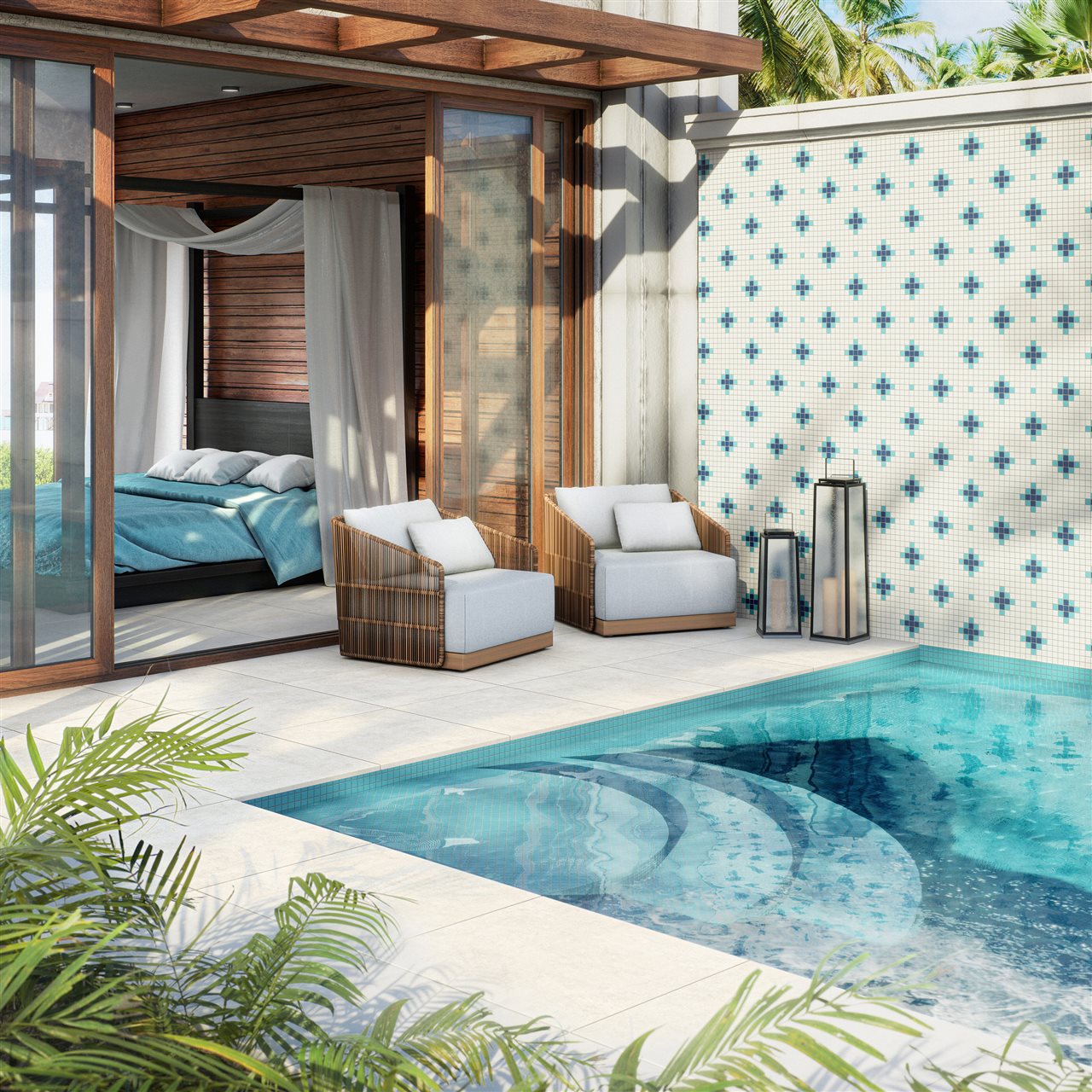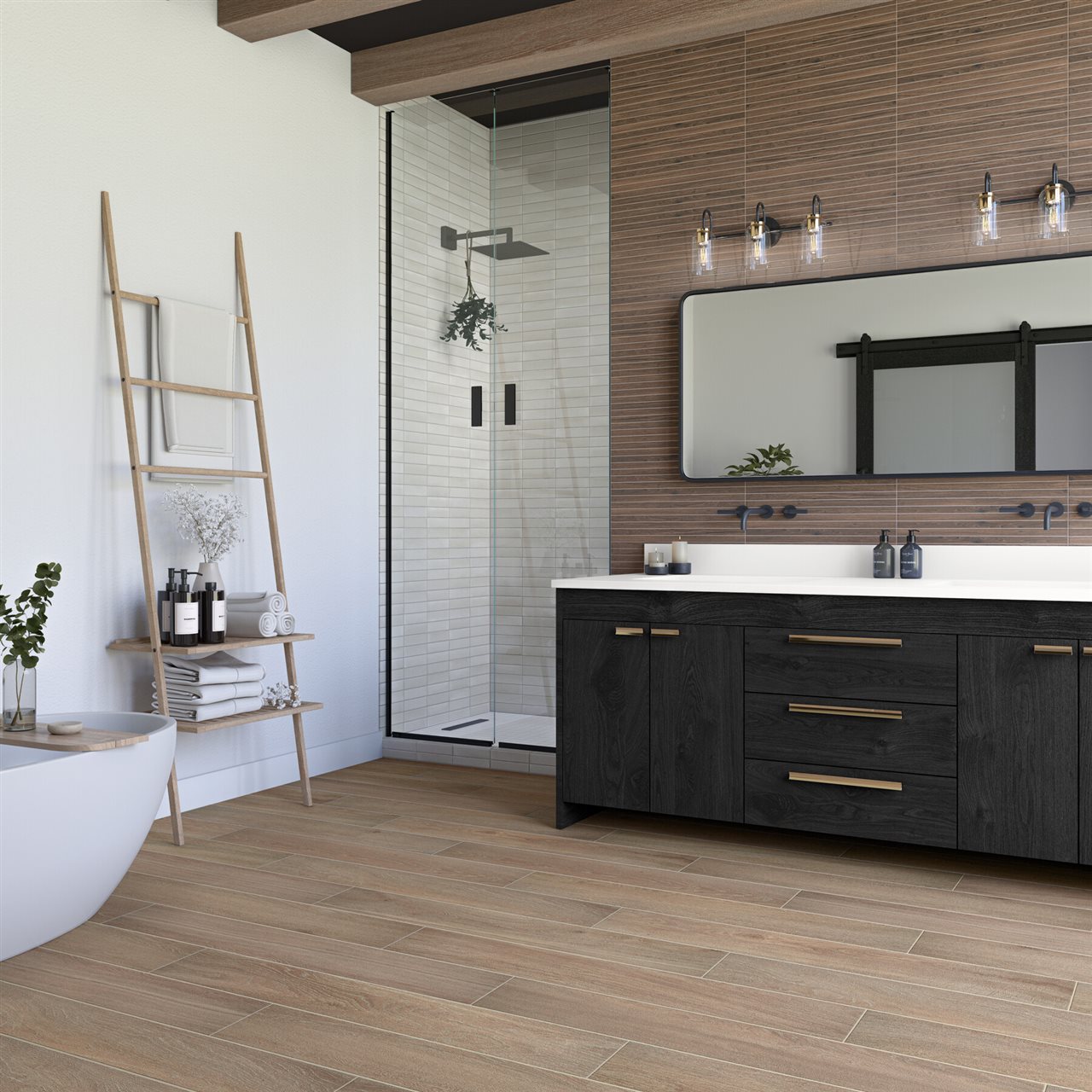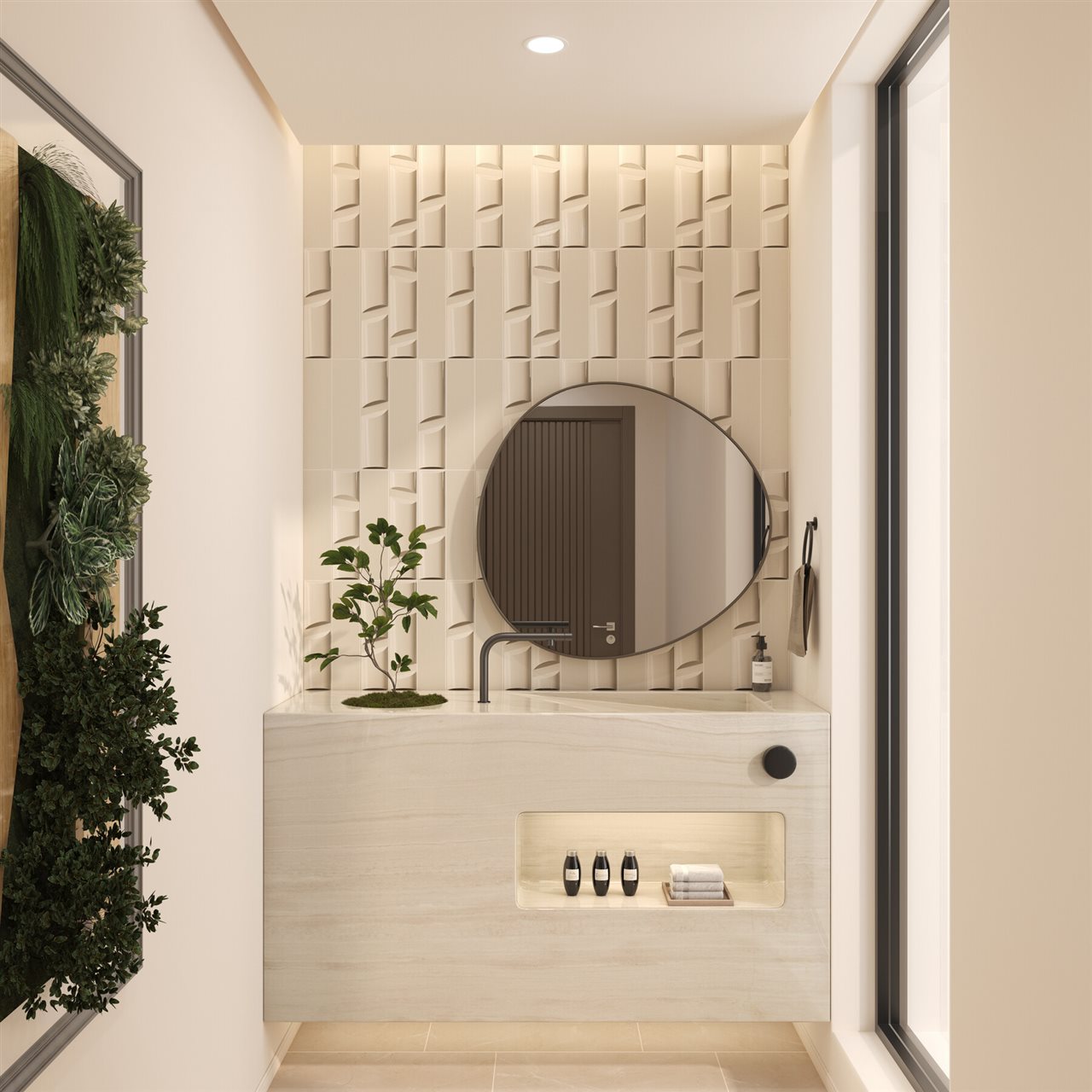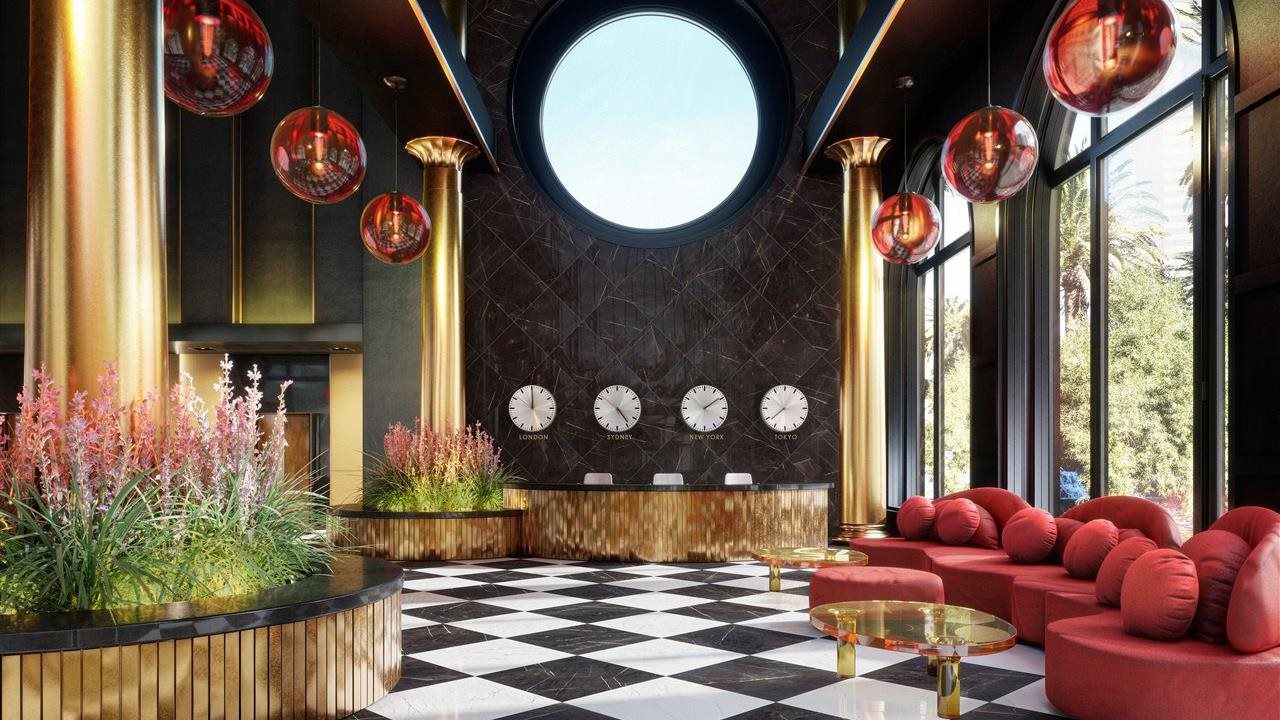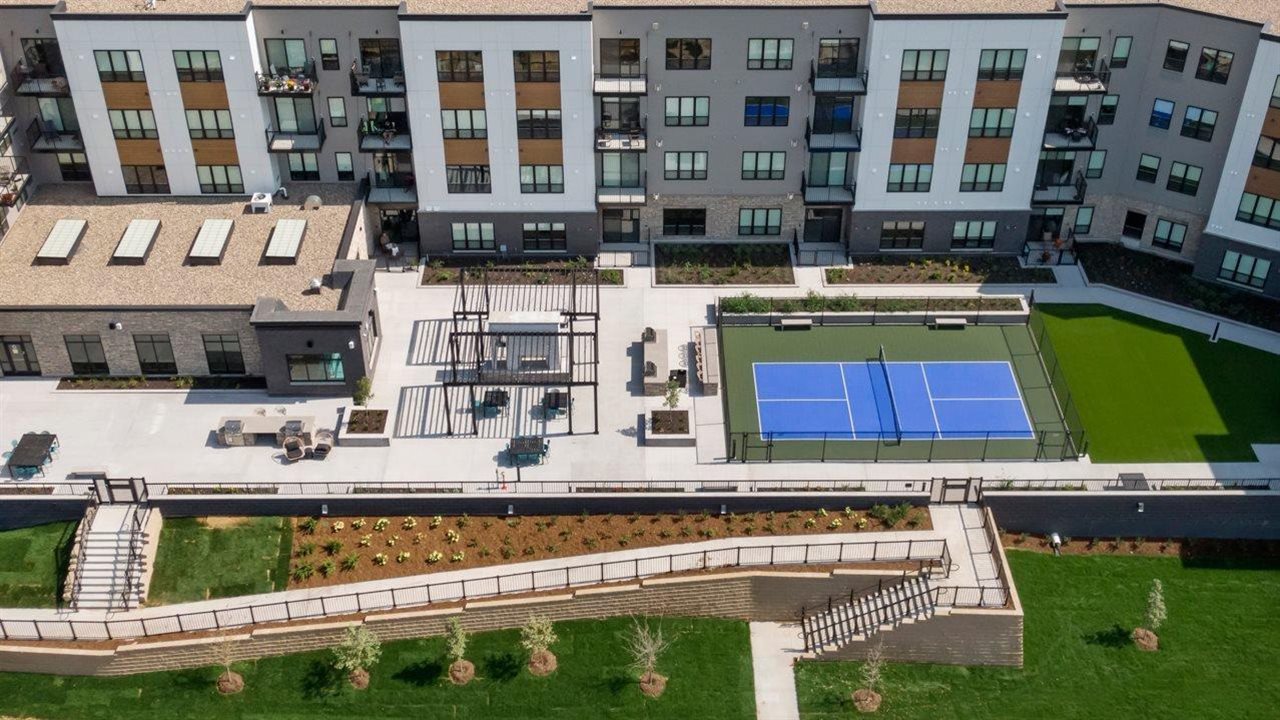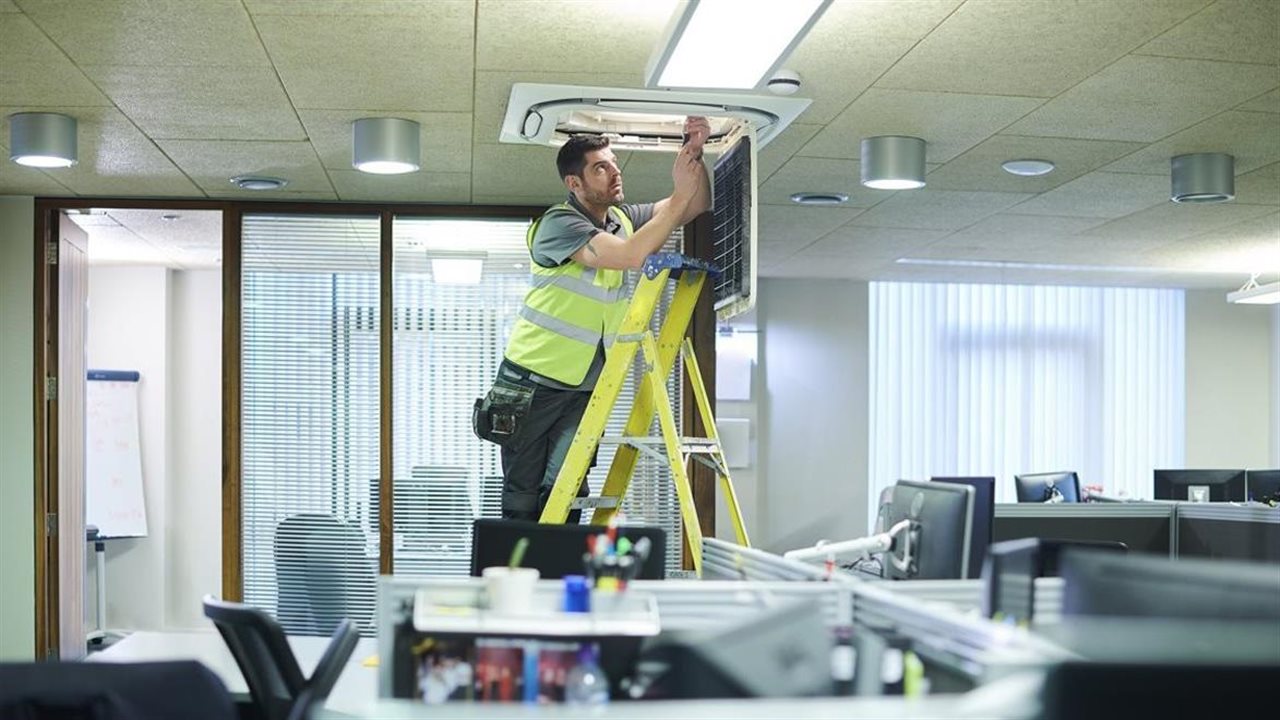2024-03-27T15:37:00
(BPT) – It’s a virtuous cycle: communities that are economically vibrant create good jobs that support homeownership, and homeownership builds generational wealth that supports entrepreneurship and business investment.
In traditionally underserved and disadvantaged communities, though, the opposite can be true, leading to financial stagnation and a lack of opportunity for individuals and businesses.
Many community-focused financial institutions are working to counteract this negative cycle by investing in economic development and breaking down barriers to homeownership. And they do it by relying on a behind-the-scenes partner: their regional Federal Home Loan Bank.
The role of FHLBanks
Congress established the Federal Home Loan Bank System, a network of 11 regional FHLBanks, in 1932 to ensure liquidity for financial institutions such as building and loan associations and insurance companies during the Great Depression. By Congressional design, the FHLBanks are cooperatively owned and privately capitalized by their members — commercial banks, credit unions, insurance companies and community development financial institutions — and provide members with ready access to competitively priced liquidity or loans known as advances, financial products and services, and resources for targeted community and economic development.
Community Commerce Bank, a community development financial institution founded in 1976 to meet credit needs in underserved East Los Angeles, has found success partnering with FHLBank San Francisco, which serves members in Arizona, California and Nevada.
Since its founding, Community Commerce Bank has loaned more than $4 billion to its customers, and the organization is both profitable and deeply engaged in the community, demonstrating the viability and impact of inner-city lending. Bank president Mike Lasher attributes this in part to their access to advances, which refer to loans or lines of credit that are extended to another bank or member institution to satisfy short-term liquidity needs. “Our membership in FHLBank San Francisco gives us quick access to advances, allowing us to promptly meet the dynamic needs of our customers and bridging the gap between the lending timeline and deposit schedule,” said Lasher. “This facilitates increased investment in the local community and enables us to support important initiatives that make a real difference in people’s lives in Los Angeles County.”
Partnering to promote homeownership and economic development
In addition to providing reliable, low-cost liquidity that boosts community lending, FHLBanks offer a variety of community grant programs that their members can deploy to address the specific needs of their local communities. Many of these programs are designed to support affordable, sustainable homeownership for low-to-moderate-income individuals and families.
FHLBank San Francisco’s WISH downpayment assistance program, for example, offers 4-to-1 matching grants that eligible first-time homebuyers can apply to down payment and closing costs. Since 2000, when the first homebuyer received a matching grant through the Bank’s homeownership programs, participating FHLBank San Francisco member lenders disbursed $146 million in WISH funds to more than 9,700 low-to-moderate-income homebuyers.
Another initiative is the Empowering Black Homeownership program, which FHLBank San Francisco introduced in 2022 and renewed in 2023. This program matches member institutions’ grants to housing counseling agencies that serve aspiring and at-risk homeowners in communities of color, helping to support homeownership and intergenerational wealth building.
And in 2023, FHLBank San Francisco launched a $10 million Middle-Income Downpayment Assistance pilot program to help middle-income households that are struggling to achieve homeownership amid high home prices and interest rates.
Other grant programs promote economic development in low-to-moderate-income communities. For example, FHLBank San Francisco members partner with community nonprofits to deliver AHEAD grants to support innovative, targeted initiatives that generate new economic opportunity. In 2023, FHLBank San Francisco awarded $4 million in AHEAD grants to 75 local organizations — for initiatives ranging from microenterprise projects and job training to financial education and support for Native American communities — throughout the bank’s three-state footprint.
“These grant programs are just a few examples illustrating FHLBank San Francisco’s commitment to promoting economic vitality, affordable homeownership and wealth creation,” said Teresa Bryce Bazemore, president and chief executive officer of FHLBank San Francisco. “Our member institutions know their local communities best, and giving members access to these programs allows them to amplify their own community support efforts while directing the assistance to where it’s most needed.”
Ripple effects on member institutions and consumers
The support FHLBank San Francisco provides to its members levels the playing field, allowing local community lenders to better compete with larger financial institutions. Community lenders can also draw on their deep local knowledge and understanding of their customers to responsibly underwrite loans to qualified borrowers, including small businesses, with nontraditional profiles — and keep loans on their books rather than selling them on the secondary market, enabling personalized servicing with greater flexibility to work with people to avoid default.
FHLBank San Francisco’s support of local lenders also trickles down to borrowers through lower overall borrowing costs (keeping loans more affordable), through grants that make homeownership more attainable and sustainable, and through economic development initiatives that help position people for both home and small business ownership.
Access to credit — both mortgage lending and commercial lending — is key to economic vibrancy. By working behind the scenes to help their member financial institutions keep credit flowing to their customers and communities, FHLBanks not only support community lenders but help to strengthen diverse neighborhoods, seed small businesses, and empower residents to build sustainable communities. It’s a unique and valuable role within the financial services industry.
As Lasher of Community Commerce Bank said, “With reliable liquidity and access to economic development grant programs, we’re able to better support local business growth and reinvest in our communities — in turn giving people the tools they need to create a brighter future.”




